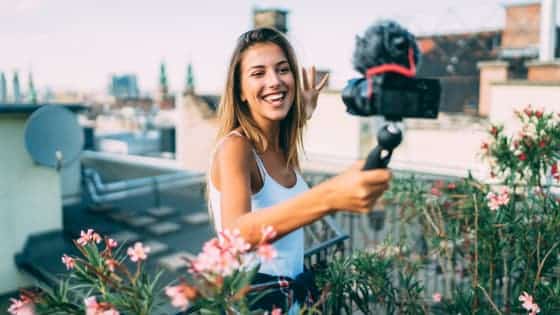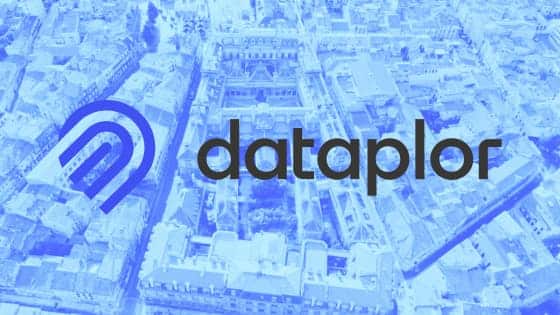Anyone who knows me knows I am not a young man. For me, an avocado green rotary phone on the kitchen wall isn’t weird. Not in the slightest. So don’t get me started on influencers.
So me writing that the half of GenZers who say they want to be full-time influencers (according to a Morning Consult poll) are delusional risks a “get off my lawn” vibe. I get it. But hear me out.
We all know influencers are everywhere. Many of us are influencers (in the broadest sense of the term) without even realizing it. And no one is arguing that the influencer marketing space is going away, not yet at least.
But influencer marketing is evolving in interesting ways. We see it, for example, in Hummingbirds’ innovative use of local influencers.
A more disruptive trend is that the kind of influencer that makes people my age grumpy is now under profound threat from AI.
You know the type. The influencer who gets paid to sun themselves by a pool in Miami (or Dubai or Bali or a fill-in-the-blank location).
The truth is it was never that easy to be a successful influencer. But the influencer game was always designed to look easy and fun. Who wants to see an influencer sweat? No one does. Unless they are a fitness influencer.
Noting New
The notion of AI influencers isn’t exactly new. They’ve been out there for a while now. But the fact that so many GenZers want to be influencers when they grow up makes the issue of AI influencer disruption more urgent. Not urgent for me. But you knew that.
So what’s going on? According to a report this week in Business Insider, the influencer game was getting pretty tough even before injecting AI into the conversation.
BI cites an influencer marketing analyst who reports that only 800,000 of the 2 billion monthly active users on Instagram have more than 100,000 followers. So there are a lot of wannabe influencers out there without enough followers to influence.
Influencer marketing, like most things, is a numbers game. So if an influencer can’t move the needle on sales, they will need to lounge by the pool on their dime. The BI report suggests that pre-AI competition is already turning influencing into a part-time gig for many. Many if not most influencers now need other less glam income streams to stay afloat.
Will Brands Bite?
Enter AI. The technology revolution no one will shut up about now allows brands to bypass living, breathing influencers. And this is something I suspect brands will do with glee.
According to BI, the influencer marketing world is waking up to the idea that brands can use tools like Midjourney and soon Sora to create content using made-up influencers.
Again, the fake virtual influencer isn’t new. According to the BI report, this dates back to 2016, when Lil Miquela was born as a 19-year-old Brazilian-American. OK, she looks fake. But she also doesn’t age. And she has 2.6 million Instagram followers. And fake Lil Miquela reportedly rakes in $10 million annually in brand deals.
Countless other AI influencers are sprouting up. Milla Sofia, for example, is 24 and lives in Helsinki.
The fact that Lil Miquela and others can generate so much income has sprouted up an industry of sorts. Search for “AI influencer” on YouTube and you’ll get the idea.
Someone is collecting all this money. And it isn’t Milla or Lil Miquela.





